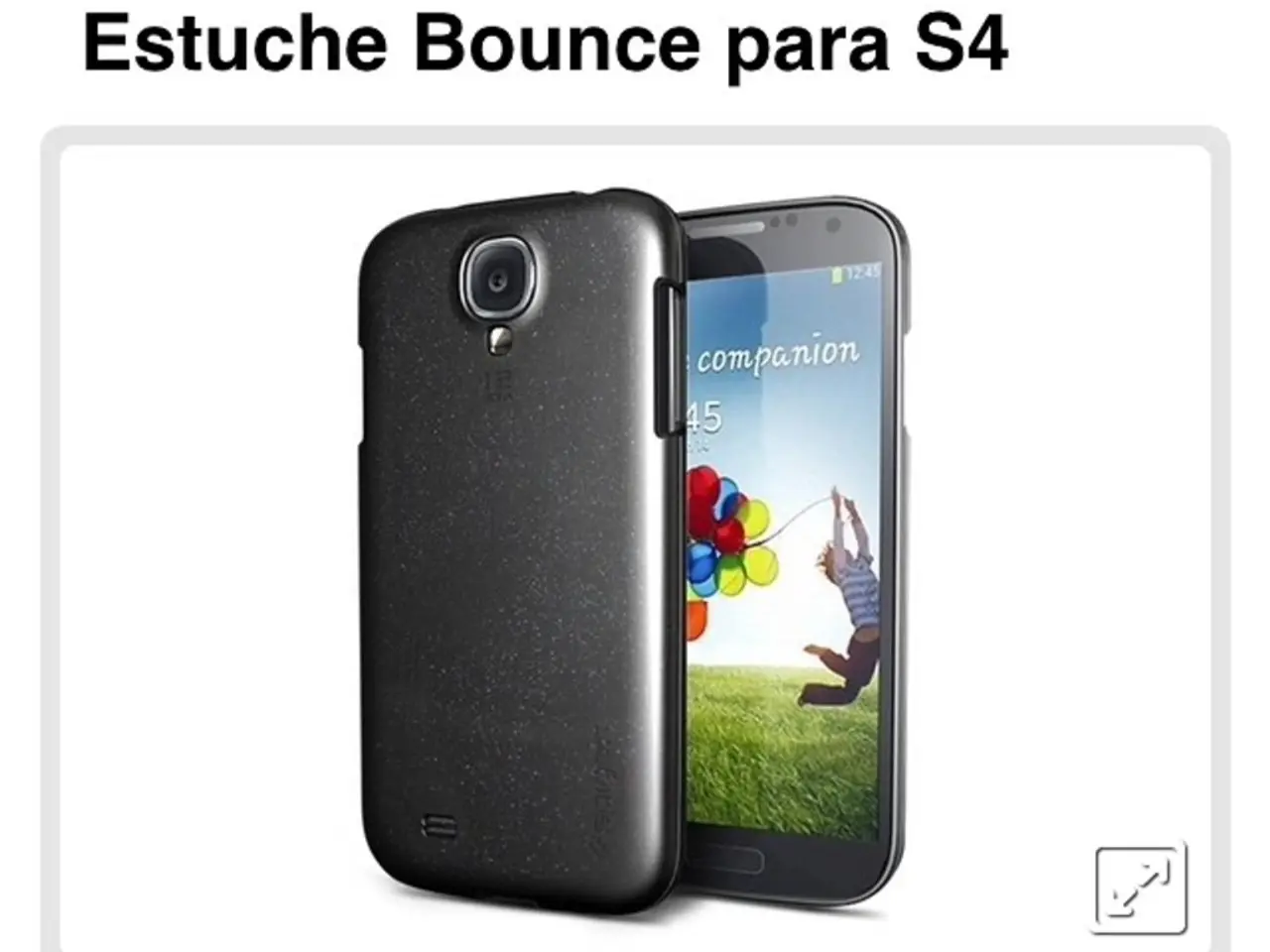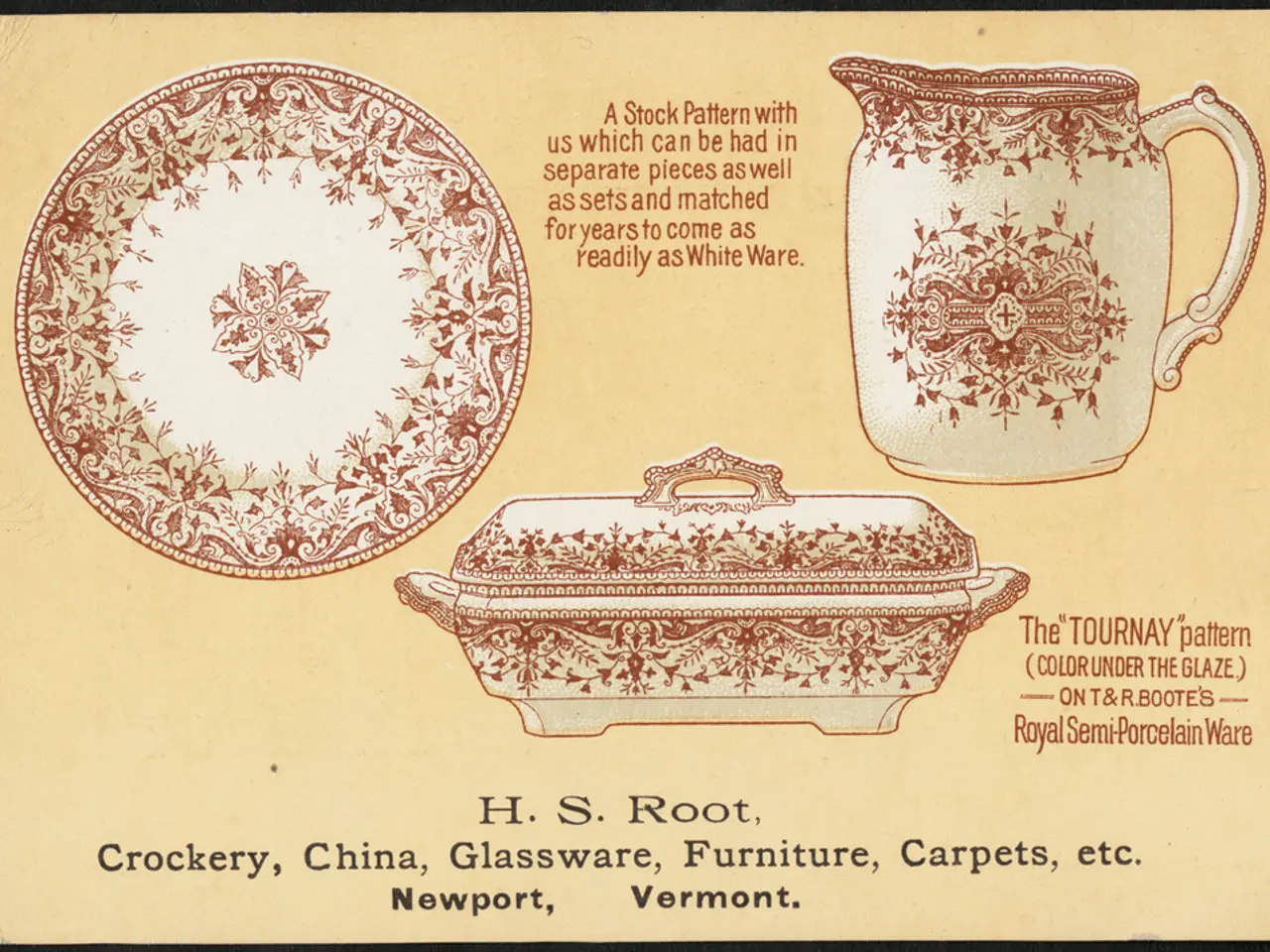Email Design Tips for Optimal Results
In the digital age, crafting an impressive email newsletter design is crucial for engaging subscribers and customers. Here's a guide to the key elements that ensure a good user experience and help avoid being marked as spam.
**1. Clear, Concise Content**
Keep content brief and focused on benefits to the reader. Use bullet points and ample white space to improve readability. Avoid spam trigger words like “FREE!!!” or excessive exclamation marks and all caps, which can cause emails to be flagged as spam.
**2. Visually Appealing, Minimalist Design**
Embrace minimalism with clean, clutter-free layouts that highlight the core message and improve skimmability. Use a clear visual hierarchy with headlines, bullet lists, and formatting to help users absorb information quickly.
**3. Mobile Responsiveness**
Design mobile-first since about 66% of emails are opened on mobile devices. Ensure templates adapt seamlessly to all screen sizes to avoid display issues that frustrate users and increase spam complaints.
**4. Brand Consistency and Recognition**
Use consistent brand colors, fonts, logos, and tone to build recognition and trust. Make sure the sender information and subject lines clearly identify your brand to avoid confusion and reduce deletion or spam reports.
**5. Strong, Clear Call-to-Action (CTA)**
Include compelling CTAs that stand out using bold buttons and strategic placement. The CTA copy should communicate clear value, not just an action to perform.
**6. Avoid Spam-Like Characteristics**
Avoid excessive punctuation, all caps, or words that trigger spam filters. Keep email size reasonable (under 102 KB) to prevent clipping by providers like Gmail. Monitor and adjust subscriber lists to keep engagement high and reduce complaints.
**7. Test Across Devices and Clients**
Use tools (e.g., Litmus) to preview emails on multiple devices and inbox providers to ensure proper rendering everywhere. Incorrectly displayed emails can frustrate recipients and cause spam complaints.
Implementing these elements will produce a newsletter that not only engages readers effectively but also reduces the risk of being marked as spam, enhancing overall user experience and campaign success.
When it comes to email design, there's no standard for greatness, but following these principles and incorporating branding can lead to loyal subscribers and customers. The color of CTA buttons should pop and be extremely noticeable, with rounded edges and surrounded by whitespace. Use call-to-action buttons in email design. When testing fonts for email newsletter design, ensure that the chosen font is supported in all email clients, or it will be replaced with their default font.
- To supplement the visual appeal of an email newsletter, consider incorporating infographics that showcase your brand's lifestyle, home-and-garden, or technology-related stories in a visually appealing and digestible format.
- For a cohesive branding strategy in your email newsletters, extend your minimalist design approach to other platforms such as social media, ensuring consistency across flat fee graphic design and various lifestyle contexts.
- To cater to the growing number of readers accessing newsletters on home-and-garden apps and technology-driven devices, prioritize mobile responsiveness when designing layout adjustments for small screens.
- By employing technology to monitor spam reports and subscriber engagement, you can proactively optimize the content of your newsletters to maintain a positive relationship with your audience and avoid potential issues on social media or home-and-garden forums.




